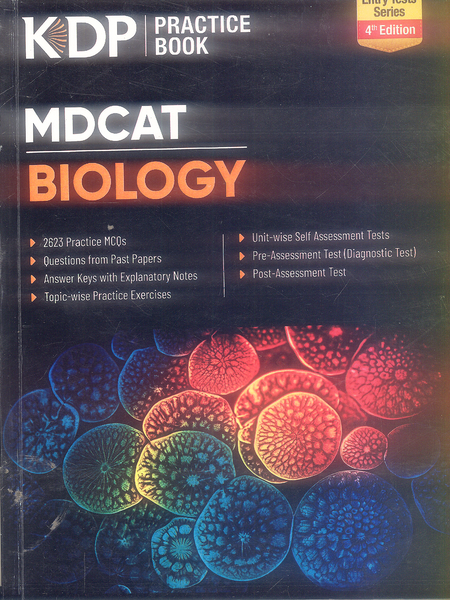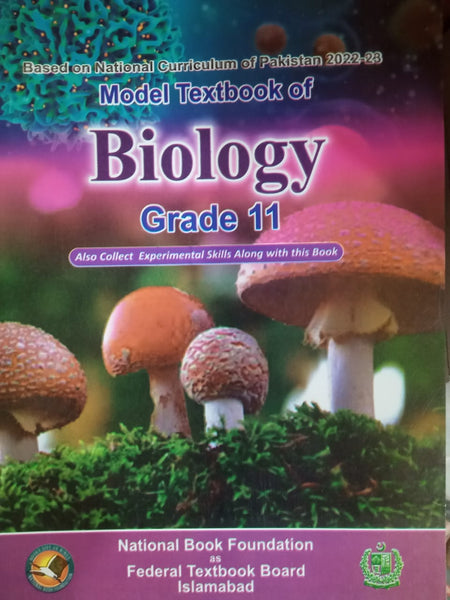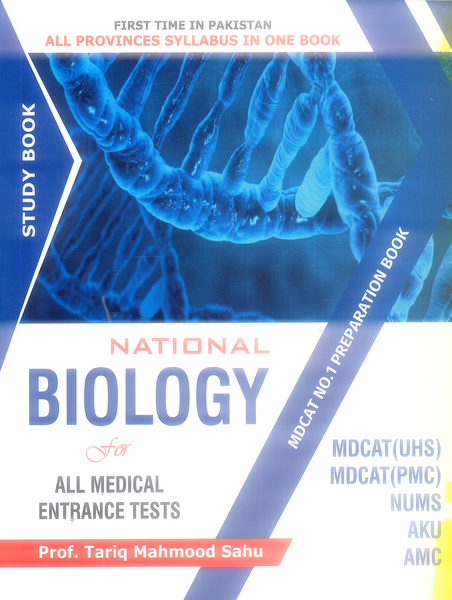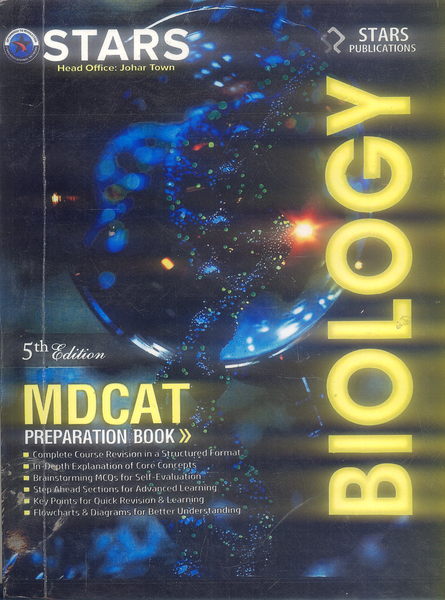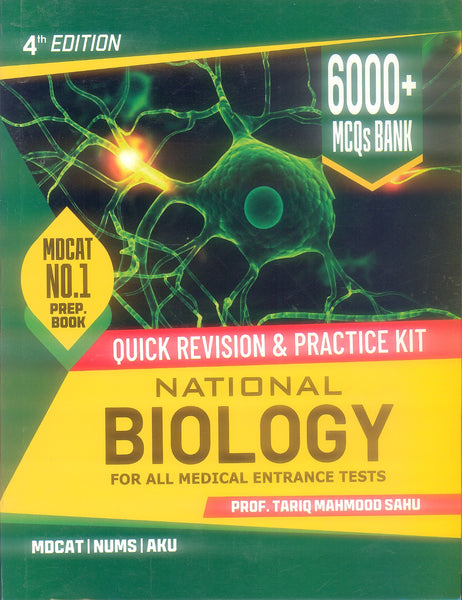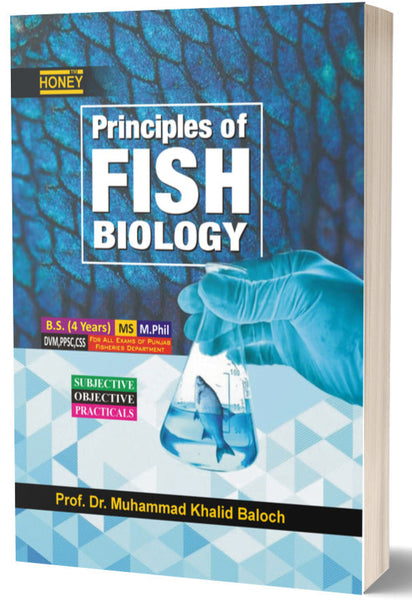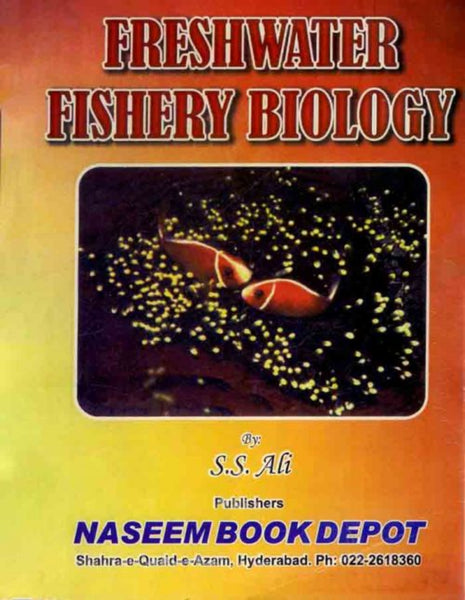Myxomycetes: Biology, Systematics, Biogeography and Ecology 2nd Edition
- Publisher: BIOLOGY
- Availability: In Stock
- SKU: 49331
- Number of Pages: 472
Rs.1,060.00
Rs.1,290.00
Tags: best books , Best Price , Best Selling Books , Biodiversity , Biogeographical Distribution , Biogeography , Biogeography and Ecology , Biology , Carlos Rojas Alvarado , Ecological Roles of Fungi , Ecology , Environmental Adaptations , Environmental Influences on Fungi , Fungal Biogeography , Fungal Communities , Fungal Conservation , Fungal Ecology , Fungal Evolution , Fungal Pathogens , Fungal Reproduction , Fungal Systematics , Fungal-Plant Interactions , Fungi , Microbial Ecology , Mycological Research , Mycological Studies , Myxomycetes , Myxomycetes and Climate , Myxomycetes Classification , Myxomycetes Distribution Patterns , Myxomycetes Diversity , Myxomycetes Ecology , Myxomycetes Habitat , Myxomycetes in Ecosystems , Myxomycetes Morphology , ONLINE BOOKS , Online Bookshop , Protist Biology , Protists , Slime Mold Life Cycle , Slime Mold Studies , Slime Molds , Soil Microorganisms , Spore Dispersal , Steven L Stephenson , Systematics , Taxonomy
Myxomycetes: Biology, Systematics, Biogeography and Ecology (2nd Edition)
Editors: Carlos Rojas Alvarado, Steven L Stephenson
Quality: Black White Pakistan Print
📘 Introduction
The second edition of Myxomycetes: Biology, Systematics, Biogeography and Ecology provides an updated and comprehensive look into the fascinating world of myxomycetes, or slime molds. Edited by Carlos Rojas Alvarado and Steven L. Stephenson, this volume covers essential topics in the biology, classification, ecological roles, and geographic distribution of these unique organisms. The book brings together contributions from leading experts in the field, offering the latest research and insights into the life cycles, behaviors, and interactions of myxomycetes.
📖 Key Features
-
Detailed Biological Overview:
-
The book offers an in-depth look at the biology of myxomycetes, describing their complex life cycles, cellular structures, and physiological processes. It highlights the unusual and intriguing characteristics of these organisms, from their amoeboid and plasmodial stages to their spore formation and dispersal.
-
-
Updated Systematics and Classification:
-
The second edition features the latest advancements in the systematics and classification of myxomycetes. It incorporates molecular and genetic approaches that have revolutionized our understanding of their evolutionary relationships, offering a clearer and more refined taxonomic framework.
-
-
Biogeography and Distribution Patterns:
-
The volume examines the global distribution of myxomycetes, exploring how these organisms are found across diverse ecosystems, from tropical rainforests to temperate woodlands. It discusses the factors influencing their biogeography, including climate, habitat, and human activity, as well as their ability to colonize new environments.
-
-
Ecological Roles and Interactions:
-
Myxomycetes play an essential role in ecosystems, especially as decomposers. This book delves into their ecological significance, discussing how they contribute to nutrient cycling, soil health, and their symbiotic relationships with other organisms. It also explores the influence of environmental factors on their growth and distribution.
-
-
Research Advances and Future Directions:
-
The second edition provides an up-to-date review of recent research on myxomycetes, including ecological, taxonomic, and genetic studies. The book also highlights emerging areas of study, such as the potential biotechnological applications of slime molds and their role in climate change research.
-
🎯 Conclusion
Myxomycetes: Biology, Systematics, Biogeography and Ecology (2nd Edition) is an essential resource for anyone interested in studying slime molds, from mycologists to ecologists. It provides a detailed, well-rounded view of the biology and ecology of these intriguing organisms, backed by the latest research and discoveries. With its thorough coverage of systematics, distribution, and ecological impact, the book serves as a definitive guide for researchers, students, and professionals looking to deepen their understanding of myxomycetes and their role in nature.



